Asthma is the most common long-term disease among children and one of the major non-communicable diseases among adults. It is also referred to as bronchial asthma. As a chronic condition, it cannot be cured and requires ongoing treatment, medical management, and taking precautions to avoid triggers.
For asthma to develop, a person's airways must become inflamed. The inflammation causes the airways to swell and produce excessive mucus, which fills them, partially blocking the path for the air to pass through.
The primary side effect of that is lowered respiratory system performance and, as a result, worse breathing quality.
In the past, asthma was a disease that wasn't broken down into several types of this disease. Nowadays, it is categorized into seven asthma types with unique characteristics such as the severity of symptoms, management strategies, triggers to avoid, and treatment options.
Depending on the type, asthma can be a minor problem or a significant issue that interferes with everyday life. A doctor may identify asthma as one of the following types:
Allergic asthma![]() . This type of asthma, also called atopic asthma, is triggered by substances that cause allergic reactions. These often include pollen, pet dander, and dust mites. It is estimated that 80% of people with asthma are allergic to some substances.
. This type of asthma, also called atopic asthma, is triggered by substances that cause allergic reactions. These often include pollen, pet dander, and dust mites. It is estimated that 80% of people with asthma are allergic to some substances.
Nocturnal asthma (night-time asthma). Nocturlan asthma gets worse during sleep. The characteristic symptoms of asthma, such as shortness of breath, chest tightness, wheezing, and cough, are more severe at night than during the day. This type of asthma is considered more problematic than other types because it may make sleeping an arduous process. Being deprived of a good night's sleep may negatively affect the overall quality of life. Why night-time asthma occurs is poorly understood, but fortunately, it can be managed with adequate treatment.
Occupational asthma![]() . When asthma develops because of characteristics and conditions of specific jobs, it is referred to as occupational asthma. But why would any job cause asthma? The answer is simple: irritants and allergens are more likely to cause asthma if a person is exposed to them daily, in significant amounts. According to the Occupational Safety and Health Administration (OSHA), as many as 11 million workers in the United States regularly come in contact with at least one of 250 substances linked with a greater risk of developing this type of asthma.
. When asthma develops because of characteristics and conditions of specific jobs, it is referred to as occupational asthma. But why would any job cause asthma? The answer is simple: irritants and allergens are more likely to cause asthma if a person is exposed to them daily, in significant amounts. According to the Occupational Safety and Health Administration (OSHA), as many as 11 million workers in the United States regularly come in contact with at least one of 250 substances linked with a greater risk of developing this type of asthma.
The National Institute of Health (NIH) considers the following occupations to be most likely to cause asthma:
It is easy to guess a common denominator of the above jobs: all involve one of the allergic substances such as dust, flour, or chemicals. These types of jobs are very likely to be a cause among people with asthma, but nevertheless, it is up to a healthcare professional to determine if that is the reason behind this condition.
Exercise-induced asthma. As its name suggests, this type of asthma happens due to physical activity. It is also known as exercise-induced bronchoconstriction, or EIB for short. It is caused by the tightening of airways, a result of quickly breathing air drier than the air inside the body during exercising.
Pediatric asthma![]() . According to the Centers for Disease Control and Prevention, childhood or pediatric asthma is estimated to affect 6 million children in the United States. However, pediatric asthma may disappear later in life despite being the most observed chronic disease in children. This type of asthma is also not as debilitating as other types. With adequate managing strategies planned by a doctor, a child with pediatric asthma can engage in sports and physical activities like healthy kids can.
. According to the Centers for Disease Control and Prevention, childhood or pediatric asthma is estimated to affect 6 million children in the United States. However, pediatric asthma may disappear later in life despite being the most observed chronic disease in children. This type of asthma is also not as debilitating as other types. With adequate managing strategies planned by a doctor, a child with pediatric asthma can engage in sports and physical activities like healthy kids can.
Adult-onset asthma. Sometimes asthma is diagnosed in adulthood without manifesting any symptoms during childhood. This is because some people avoid triggers that would cause asthma symptoms inadvertently. After contact with a specific allergen or an irritant, they experience shortness of breath, wheezing, and coughing, usually at night.
A viral infection may also trigger adult-onset asthma. For instance, an upper respiratory infection that lasts for a long time has been observed to trigger asthma in adults.
Non-allergic asthma. If asthma is not triggered by any allergen, such as dust particles, or pollen, it is called non-allergic or non-atopic asthma. It usually develops later in life and is less likely to occur than allergic asthma. It is caused by infections of the upper and lower respiratory tract.

Symptoms of asthma are triggered by allergens, toxins, irritants, and certain substances, but why they occur only in some people is not known by scientists. It is believed that genetics and environmental factors may play a role in developing this condition. Prolonged exposure to allergenic substances may cause changes in the airways and result in asthma.
Substances that cause symptoms of asthma are known as ‘triggers.' If a person with asthma gets in contact with a particular allergen or irritant or performs an intense physical activity, they are likely to experience an asthma attack. Depending on the type of asthma, a doctor may advise avoiding one or several triggers, such as:
Staying active and engaging in favorite sports and exercises is possible with adequate treatment. Taking medicine before a workout usually suffices to safely perform all kinds of sports.
Certain factors may increase the risk of developing asthma:
Symptoms of asthma are usually easily discernible from other conditions. They often get worse at night and while performing physical activity. The severity of breathing issues varies from person to person and depends on the type of asthma, exposure to irritants, and accompanying health problems. Primary symptoms linked to asthma are as follows:
Asthma symptoms can occur every day or once in a while. Some people experience them suddenly, which is known as an asthma attack.
Doctors diagnose asthma by combining data from several sources. The first step is checking the patient's family history to determine if their parents or relatives suffer from respiratory conditions![]() . Reviewing a person's symptoms, allergies, and lung diseases is no less important part of the diagnosis. It is crucial to rule out other possibilities, such as respiratory infection and allergies not related to asthma.
. Reviewing a person's symptoms, allergies, and lung diseases is no less important part of the diagnosis. It is crucial to rule out other possibilities, such as respiratory infection and allergies not related to asthma.
Additional tests that are effective in diagnosing asthma include:
Several treatment options help manage asthma. An essential part of managing asthma is close cooperation with a health provider to devise adequate strategies adjusted to the patient's type of asthma, severity of symptoms, and lifestyle. These usually include:
Unfortunately, short-term relief medicines may be ineffective when a severe asthma attack occurs. In this scenario, emergency care is the only option to deal with an asthma attack.
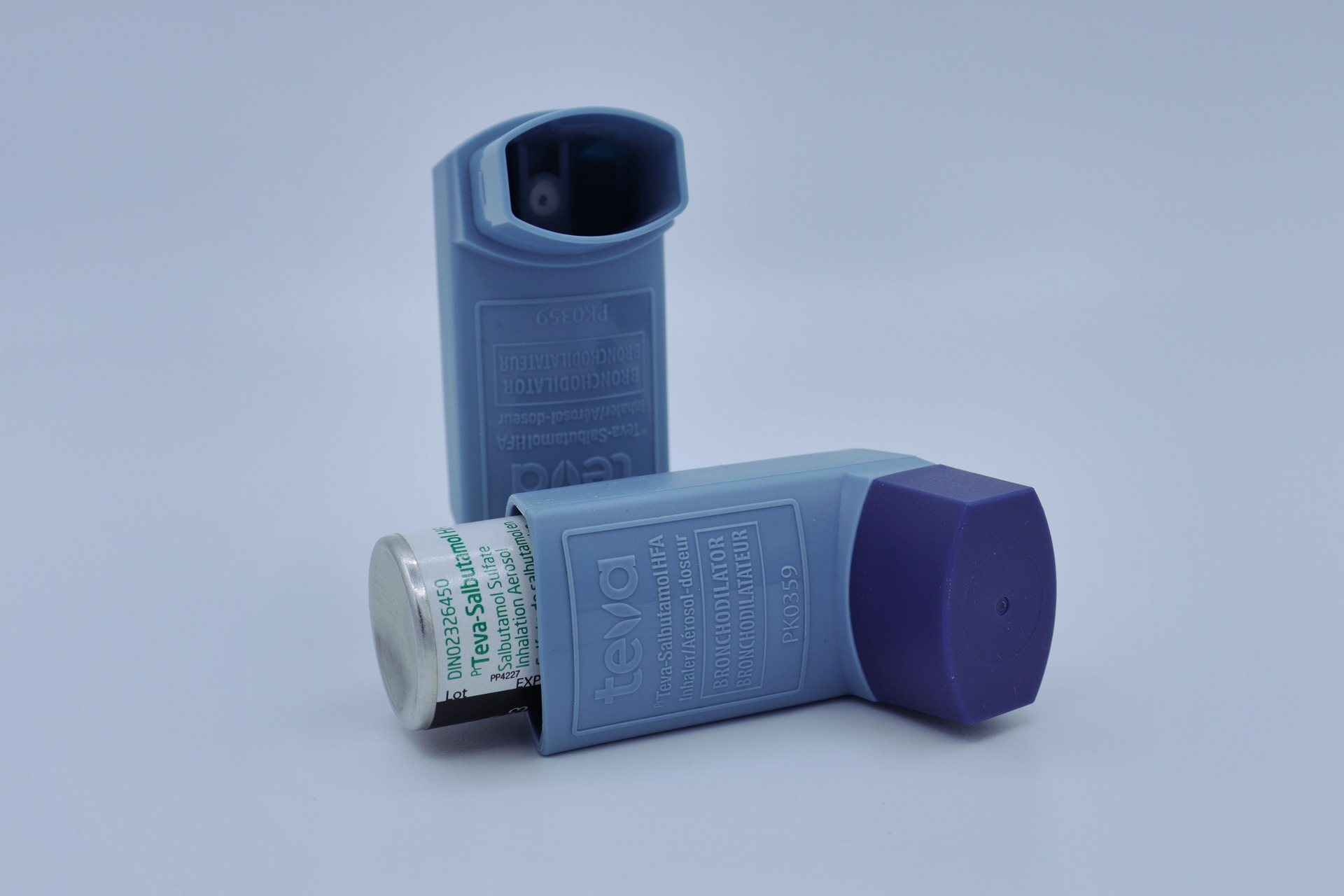
An asthma inhaler is a hand-held device that delivers medicine to the lungs. It's a primary treatment that helps manage symptoms and makes everyday life possible. Most people with asthma receive an inhaler and use it several times a week.
How to use an inhaler? Here are steps to make sure that you apply medicine correctly:
Table of Contents
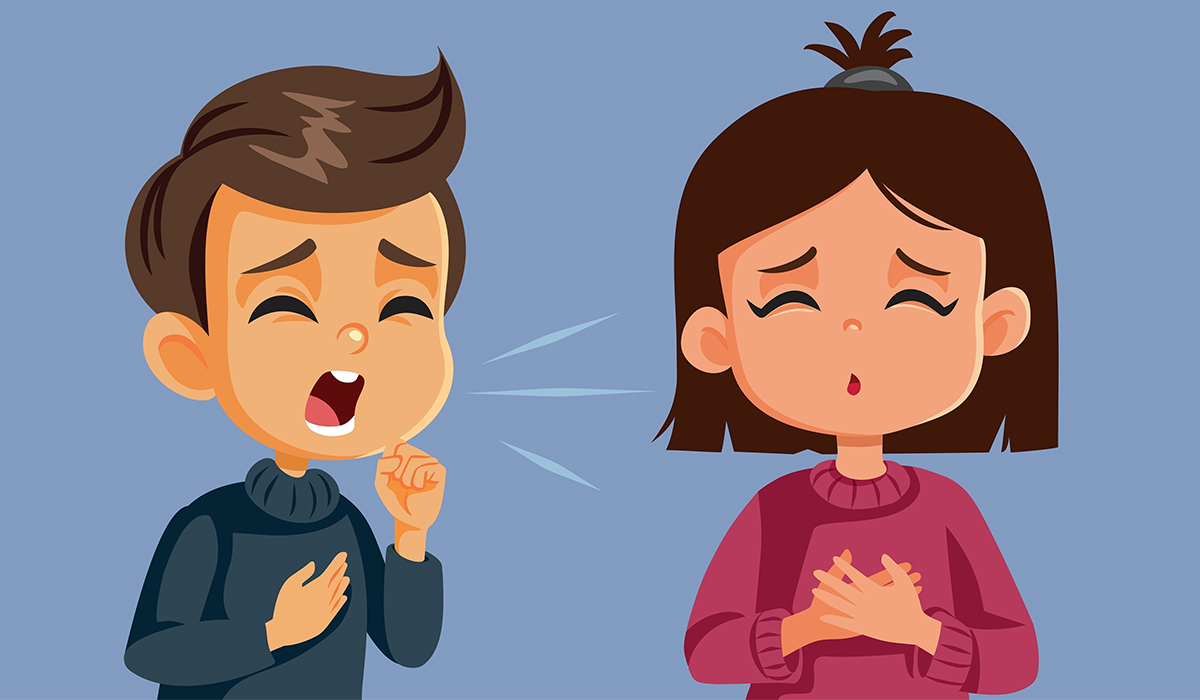
Cough is a natural, necessary reflex that protects the body from factors such as germs and pollens. When it is… read more »

Chronic obstructive pulmonary disease, a condition commonly known as COPD, is the third most frequent cause of death in the… read more »
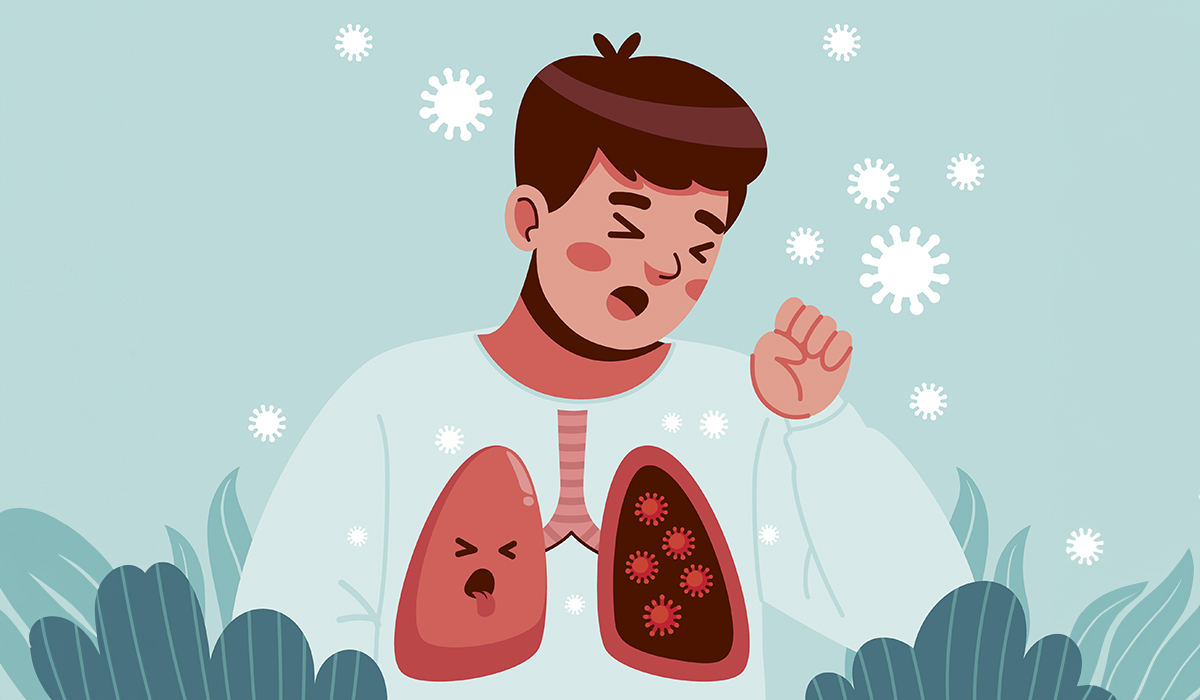
Lung Cancer begins in cells lining breathing entries, regularly starting with bronchial tubes or minor discuss sacs. It may be… read more »

Atelectasis is a lung condition in which parts of the alveoli, tiny air sacks in the lung, lose air. When… read more »

Wheezing is a high-pitched whistling sound that occurs during breathing. What does it inform you about? read more »
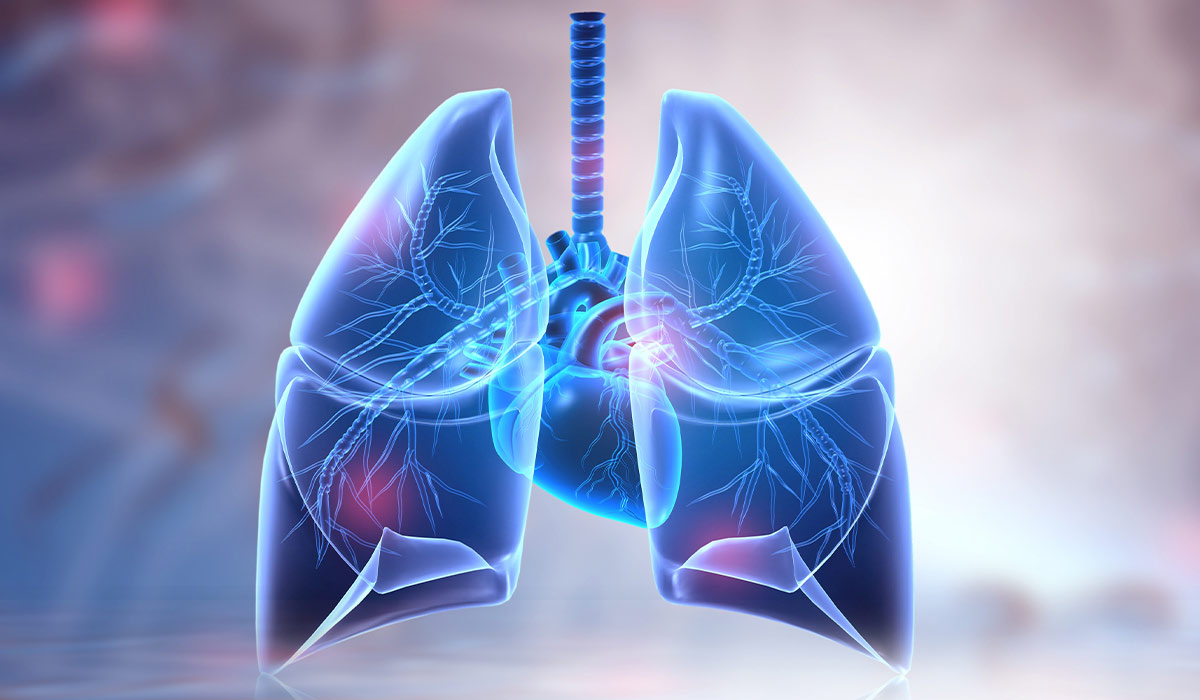
Hypercapnia is a condition in which the partial pressure of carbon dioxide in our blood is increased. This can be… read more »

A pulmonologist is a medical doctor who specializes in diagnosing and treating diseases of the respiratory system, which includes the… read more »

Eczema flare-ups are usually related to specific triggers. Learning how to avoid specific to your eczema triggers, can be a… read more »
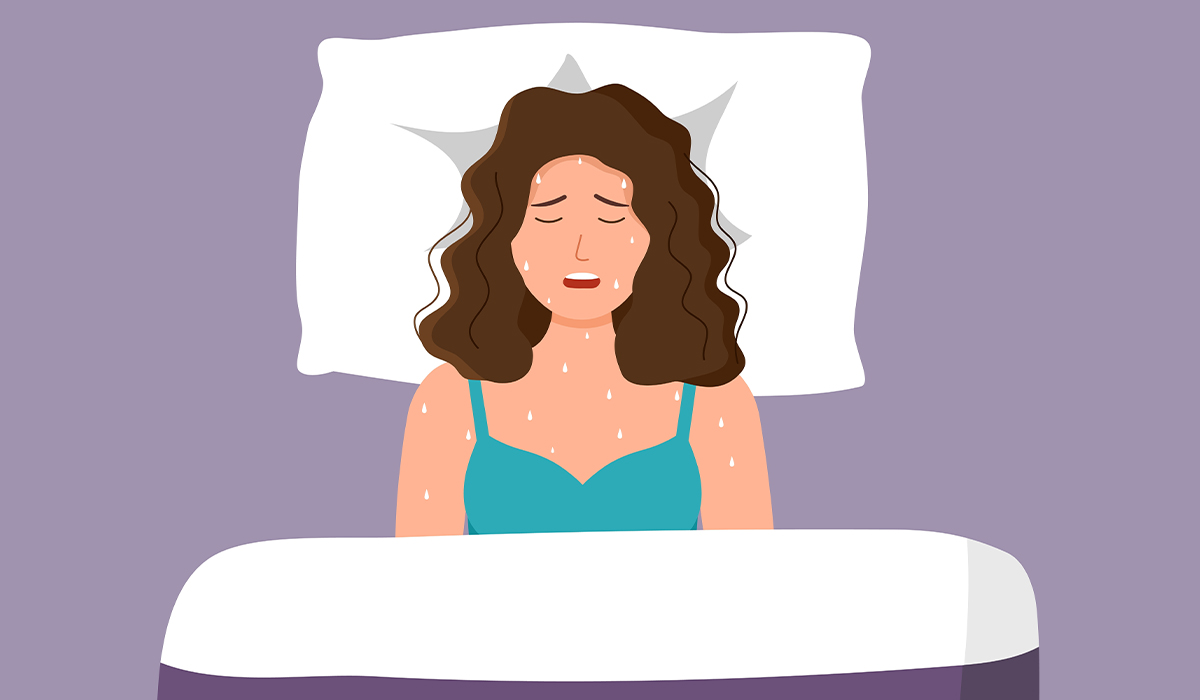
Night sweats refer to excessive sweating during sleep that is unrelated to overheating or environmental factors. They are often associated… read more »